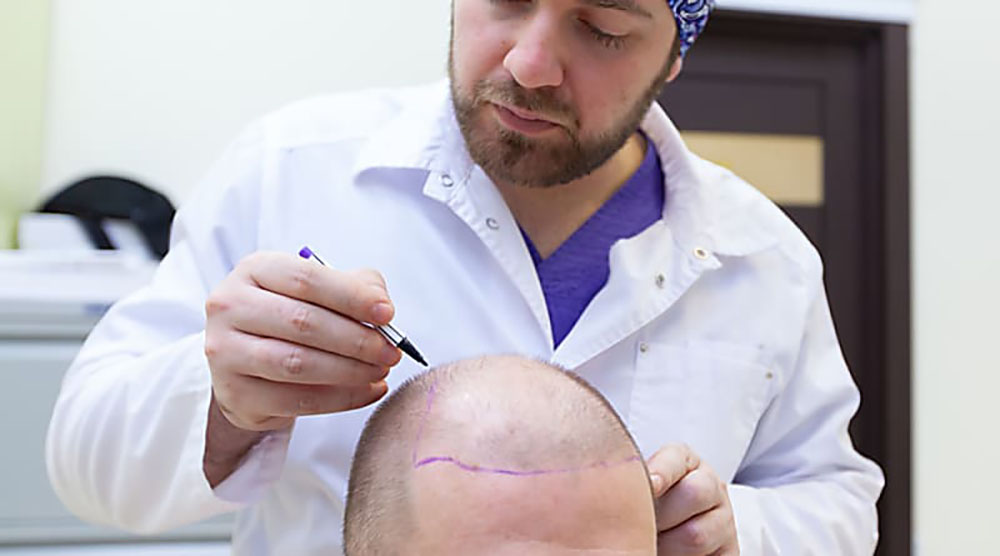How to know if you qualify for a breast reduction on the NHS
Are you finding it difficult to manage the physical and emotional impacts of large breasts? Discover how to determine if you qualify for an NHS breast reduction and what steps to take. Navigating the NHS system for breast reduction surgery can be challenging. Many individuals experience difficulty due to the size of their breasts, leading to physical discomfort and emotional distress. If you're considering this option, it's vital to understand the eligibility criteria, the process involved, and how to advocate for your health needs. This article aims to answer several key questions: What criteria does the NHS use to assess eligibility for breast reduction surgery? How do you gather evidence to support your application? What role does your GP play in the process? And finally, what happens during the assessment at secondary care?

Understanding the eligibility criteria for NHS breast reduction
The NHS has specific criteria that must be met before breast reduction surgery is approved. While these criteria may vary slightly between different NHS trusts and Clinical Commissioning Groups (CCGs), several core requirements are generally consistent nationwide. The NHS typically considers breast reduction when there is significant physical or psychological impact on daily life.
Physical symptoms that may qualify you include chronic back, shoulder, or neck pain directly attributable to breast size; skin irritation or infection beneath the breast fold that hasn’t responded to treatment; and deep shoulder grooves from bra straps. Some trusts also consider your Body Mass Index (BMI), often requiring it to be below 27 or 30, depending on local guidelines. Additionally, many CCGs require evidence that non-surgical interventions, such as professionally fitted supportive bras, physiotherapy, and pain management, have been attempted without sufficient improvement.
Gathering evidence to support your application
Documentation is crucial to a successful application for NHS breast reduction. Keep a detailed record of all symptoms experienced and how they impact your daily life. This should include instances when physical activities are limited, work performance is affected, or daily comfort is compromised.
Medical records showing consultations related to breast size issues provide valuable supporting evidence. Photographs demonstrating physical symptoms such as shoulder grooves, rashes, or posture problems can strengthen your case. If you’ve tried non-surgical treatments, gather evidence of these attempts, including receipts for specialized bras, physiotherapy reports, or documentation of weight loss efforts if applicable. Letters from other healthcare professionals such as physiotherapists, chiropractors, or psychologists documenting the impact of breast size on your health can also support your application.
The role of your GP in the process
Your GP serves as the gateway to NHS breast reduction surgery. During your initial appointment, clearly explain how your breast size affects your physical and psychological wellbeing. Be specific about symptoms and their impact on daily activities, work, and quality of life.
Your GP will assess your symptoms, examine you, and review your medical history. They may recommend trying non-surgical interventions first if you haven’t already done so. If your GP believes you meet the criteria, they will refer you to a specialist for further assessment. However, if your GP is unsure about your eligibility or believes you don’t meet local criteria, you can ask for the specific local guidelines and discuss how your case relates to them. You also have the right to seek a second opinion from another GP if needed.
Understanding the assessment process at secondary care
Following GP referral, you’ll typically be assessed by a specialist breast or plastic surgeon. This assessment is more detailed than your GP consultation and examines the specific requirements outlined in local NHS guidelines. The specialist will take measurements and evaluate the proportion of your breasts to your overall body frame.
During this consultation, the surgeon will discuss potential surgical outcomes, including scarring, recovery time, and realistic expectations regarding appearance and symptom relief. They will also assess your overall health to ensure you’re physically fit for surgery. The specialist’s recommendation will be presented to a funding panel that makes the final decision about NHS coverage for your procedure. This decision is based on both clinical need and local prioritization criteria, which balance individual circumstances against available resources.
Next steps and what to expect after approval
If your application is approved, you’ll be placed on a waiting list for breast reduction surgery. Waiting times vary significantly between NHS trusts, ranging from several months to over a year. During this waiting period, you may be asked to attend a pre-operative assessment to ensure you’re physically ready for surgery.
After surgery, recovery typically takes 2-6 weeks before returning to normal activities, with full healing sometimes taking months. The NHS will provide follow-up appointments to monitor your recovery and address any complications. Most patients report significant improvement in physical symptoms and quality of life following breast reduction surgery. However, it’s important to have realistic expectations about results, including scarring and potential changes to breast appearance and sensitivity.
This article is for informational purposes only and should not be considered medical advice. Please consult a qualified healthcare professional for personalized guidance and treatment.




